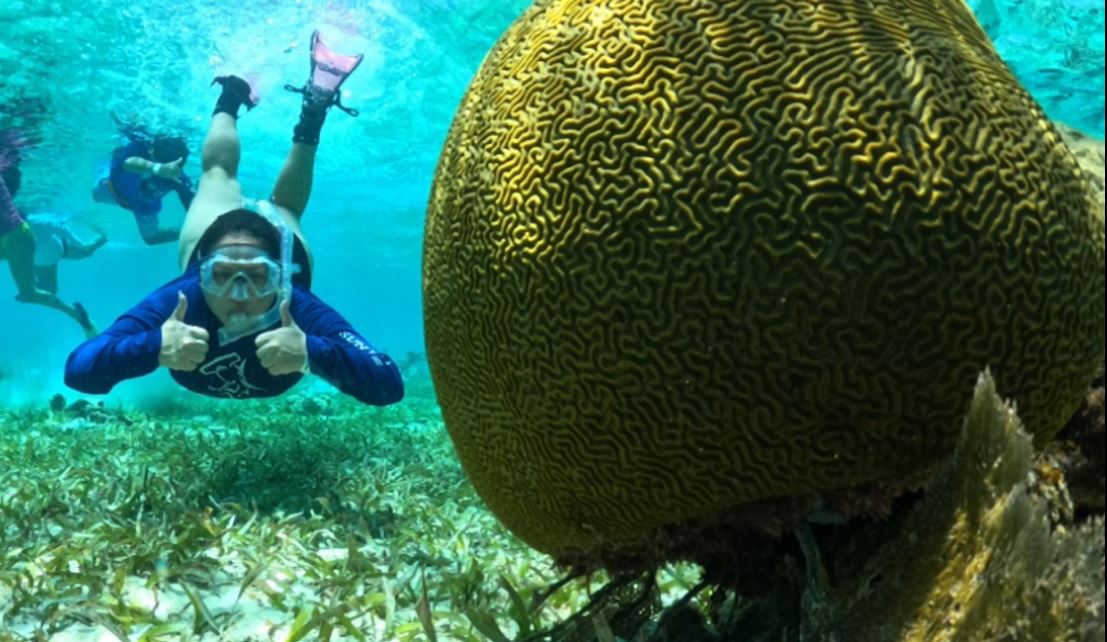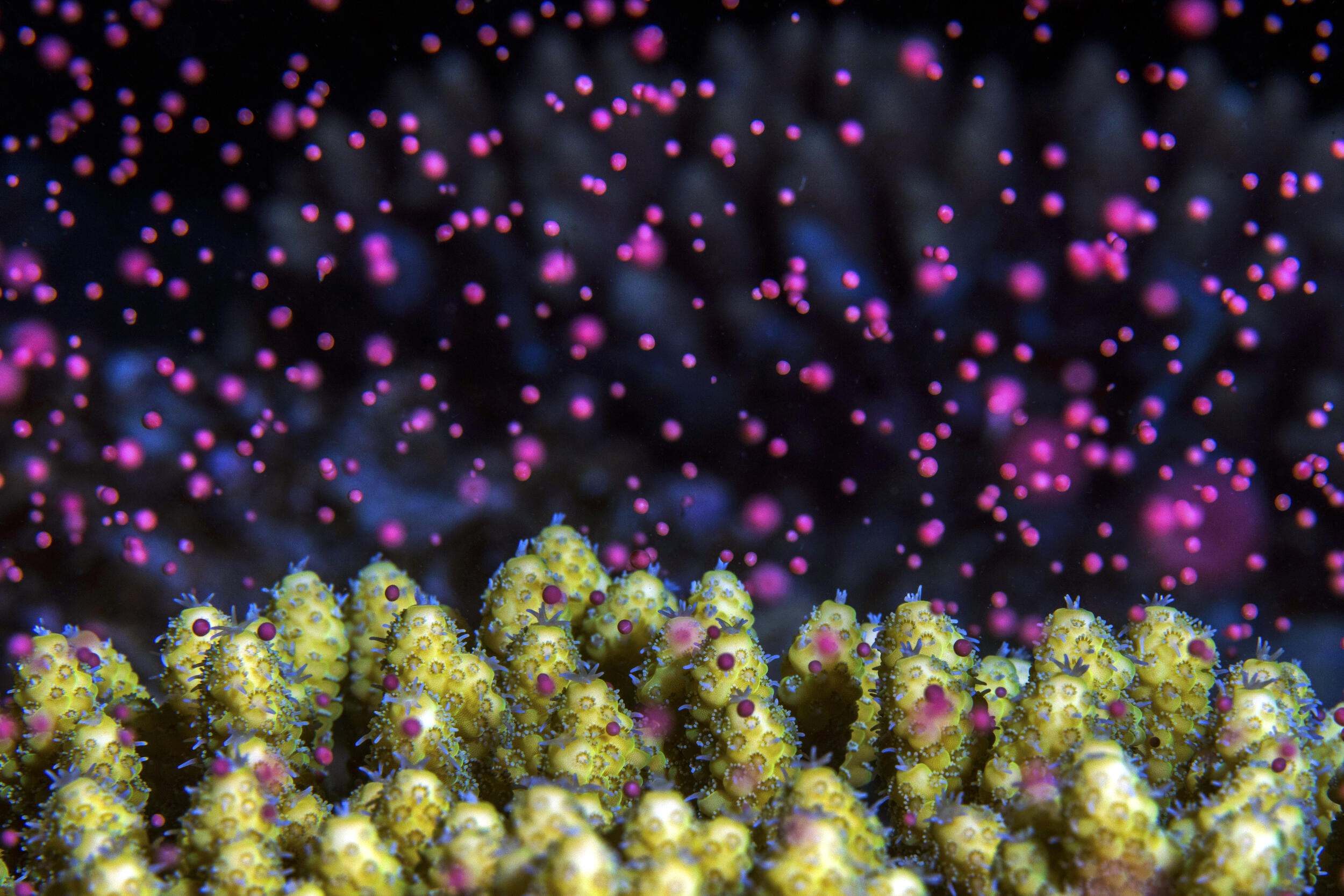This study analyzed coral reefs in the southeastern Dominican Republic area of Bayahibe from 2011-2016, where tourism activities have increased significantly in recent years. These reefs, similar to other coral reef ecosystems around the world, are threatened by local and global stressors that often act synergistically to degrade reef health. Since 1975, active and passive management strategies in the area have included implementing marine protected areas (MPAs), mitigating land-based sources of pollution, restricting local vessel traffic, enforcing no-take zones, and removing invasive lionfish. Additionally, in 2011, a staghorn (Acropora cervicornis) coral nursery was established to conduct coral restoration activities. Restoration goals here focus on maximizing coral growth and minimizing colony mortality. To quantify trends in reef health over time, four reef health indicators were studied: fleshy macroalgae cover, coral cover, herbivorous fish biomass, and commercial fish biomass. Commercial and herbivorous fish biomass were the two best performing reef health indicators. Fish biomass increased across all three study sites. The coral cover in Bayahibe was better than averages at other Caribbean sites, despite an increase in fleshy macroalgae cover from 2011 to 2016. Still, the fleshy macroalgae cover values are not considered poor or critical in comparison with other Caribbean reef averages. This could be evidence for ecosystem stability because live coral cover in Bayahibe was maintained despite declines observed elsewhere that were exacerbated by hurricanes, stony coral tissue loss disease, and heat stress events. Bayahibe’s conservation approach could serve as a model for other coral reefs, particularly in the Caribbean, where local threats to reefs are increasing as populations grow, tourism booms, and coastal development expands. Long-term reef health monitoring is recommended to measure the ecosystem’s response to management strategies. Public-private partnerships and appropriately managed MPA networks can help mitigate local stressors and enhance ecosystem resilience.
Authors: Cortés-Useche, C., E.A. Hernández-Delgado, E. A., J. Calle-Triviño, R.S. Blasco, V. Galván, & J.E. Arias-González.
Year: 2021
PeerJ 9:e10925 doi.org/10.7717/peerj.10925


